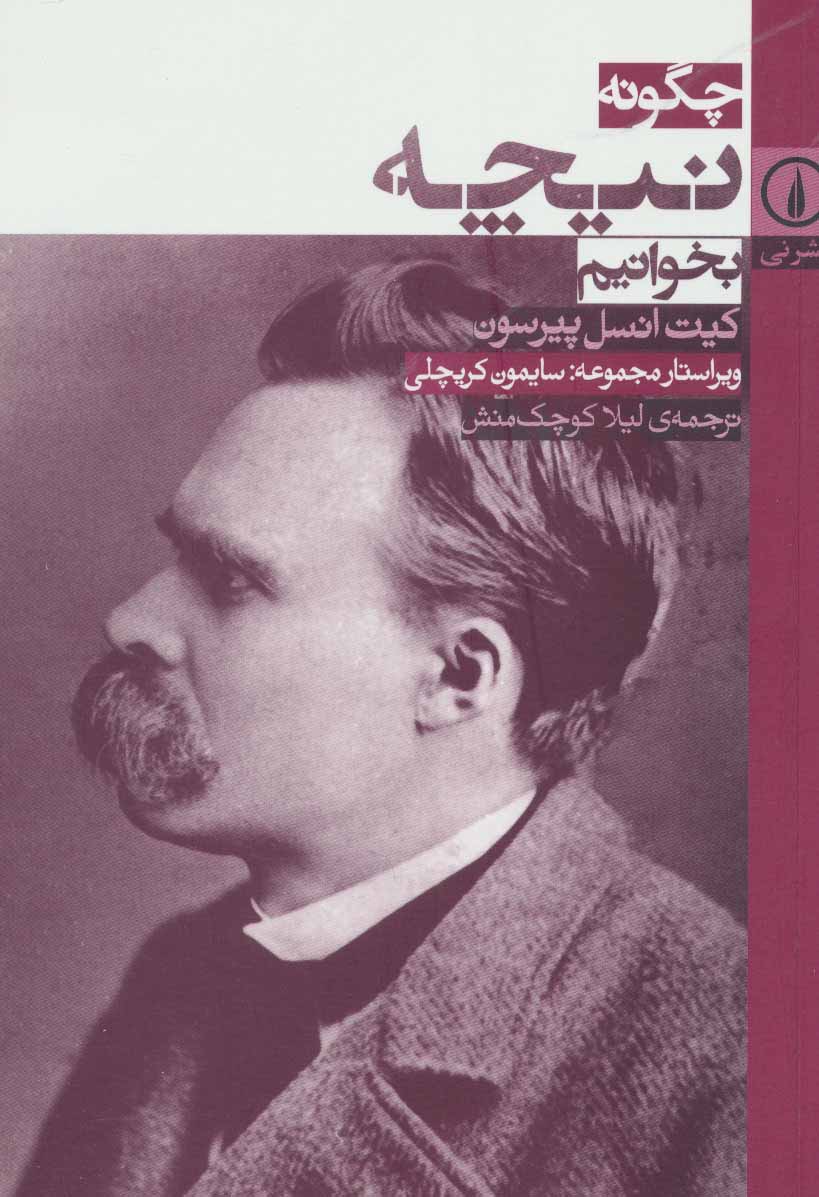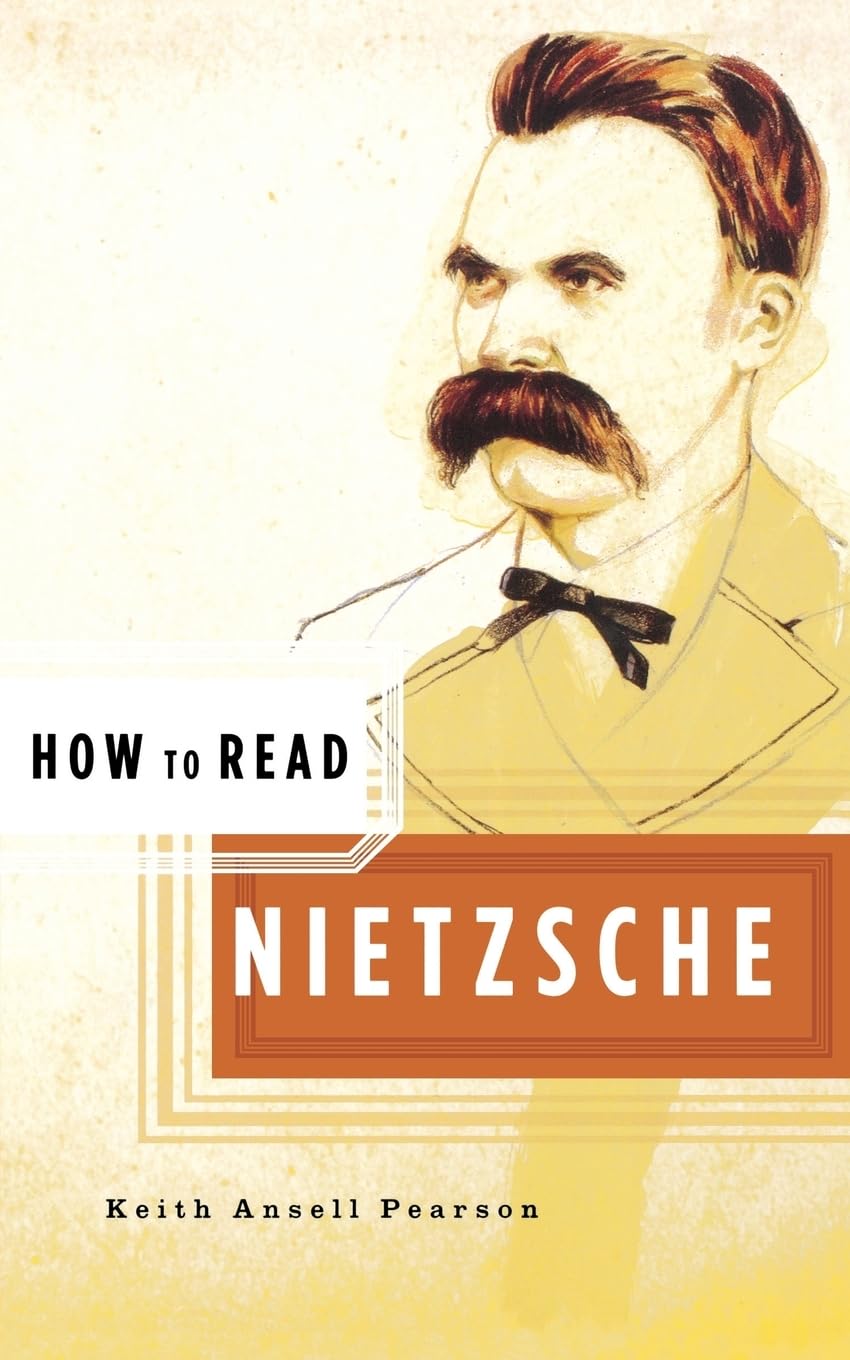Structure:
The book is structured to introduce Nietzsche’s life, major works, central themes, and his philosophical contributions in a clear and concise manner. It is designed to be accessible to those new to Nietzsche’s philosophy as well as to those looking for a deeper understanding of his ideas.
Key Features:
- Biography: A detailed account of Nietzsche’s life, including his personal struggles, his career, and his impact on philosophy.
- Major Works: Summaries and analyses of Nietzsche’s most important works, including “Thus Spoke Zarathustra,” “Beyond Good and Evil,” “The Genealogy of Morals,” and “Ecce Homo.”
- Central Themes: Exploration of key themes in Nietzsche’s philosophy, such as the will to power, the Übermensch (Overman), eternal recurrence, and the critique of traditional morality.
- Philosophical Context: Discussion of Nietzsche’s place within the history of philosophy and his influence on subsequent philosophical thought.
- Interpretation and Critique: Insight into various interpretations of Nietzsche’s work and the critical debates surrounding his ideas.
Sample Chapters:
- Introduction to Nietzsche’s Life and Philosophy:
- Overview of Nietzsche’s life, including his early years, academic career, and later years marked by illness and isolation.
- Introduction to the central questions and themes that drive Nietzsche’s philosophical inquiry.
- Early Writings and the Birth of Tragedy:
- Analysis of Nietzsche’s first major work, “The Birth of Tragedy,” and its exploration of the Apollonian and Dionysian aspects of art and culture.
- Discussion of Nietzsche’s early fascination with Greek culture and his break with traditional philology.
- Thus Spoke Zarathustra:
- Summary and analysis of Nietzsche’s most famous and enigmatic work, “Thus Spoke Zarathustra.”
- Examination of the concept of the Übermensch, the proclamation of the death of God, and the idea of eternal recurrence.
- Beyond Good and Evil:
- Detailed discussion of “Beyond Good and Evil” and Nietzsche’s critique of traditional morality and metaphysics.
- Exploration of Nietzsche’s call for a revaluation of all values and the creation of new, life-affirming values.
- The Genealogy of Morals:
- Analysis of “The Genealogy of Morals” and its investigation into the origins and development of moral concepts.
- Discussion of Nietzsche’s distinction between master morality and slave morality and his critique of ressentiment.
- Eternal Recurrence and the Will to Power:
- Examination of the concepts of eternal recurrence and the will to power, which are central to Nietzsche’s later philosophy.
- Discussion of how these ideas challenge traditional notions of time, existence, and individual agency.
- Critique of Religion and Metaphysics:
- Exploration of Nietzsche’s critique of Christianity, religion, and traditional metaphysical concepts.
- Analysis of Nietzsche’s assertion that religion and metaphysics are life-denying and his call for a philosophy that affirms life.
- Nietzsche’s Influence and Legacy:
- Discussion of Nietzsche’s impact on 20th-century philosophy, literature, and culture.
- Examination of how Nietzsche’s ideas have been interpreted, adapted, and critiqued by various thinkers and movements.
- Reading Nietzsche Today:
- Practical advice on how to approach reading Nietzsche’s works.
- Suggestions for further reading and resources for those interested in deepening their understanding of Nietzsche’s philosophy.
Themes:
- Will to Power: The fundamental driving force of human beings and life itself, according to Nietzsche.
- Übermensch (Overman): The ideal individual who transcends conventional morality and creates new values.
- Eternal Recurrence: The idea that life eternally recurs in an infinite cycle, challenging individuals to live authentically.
- Critique of Morality: Nietzsche’s analysis and critique of traditional moral values and the distinction between master and slave moralities.
- Death of God: The proclamation that the traditional, metaphysical conception of God is no longer tenable, leading to the need for new values.
Significance:
“How to Read Nietzsche” provides readers with a clear and insightful introduction to Nietzsche’s complex and provocative philosophy. Keith Ansell-Pearson’s analysis helps demystify Nietzsche’s ideas, making them accessible to modern readers while highlighting their depth and relevance. This book serves as an essential guide for students, educators, and anyone interested in understanding one of the most challenging and influential philosophers in the history of Western thought.
Reception:
The book is well-received for its engaging and accessible writing style, thorough analysis, and practical approach to understanding Nietzsche’s philosophy. It is praised for making Nietzsche’s often difficult and dense ideas comprehensible without oversimplifying them. Overall, it serves as an excellent resource for those new to Nietzsche as well as a useful reference for more experienced readers.








Reviews
There are no reviews yet.